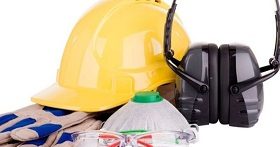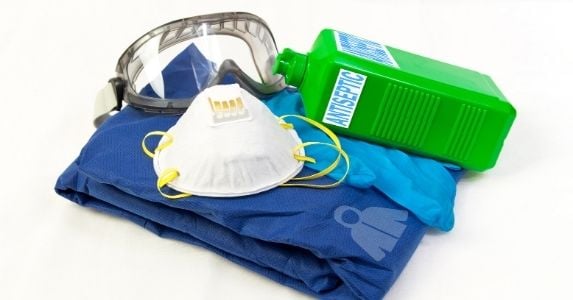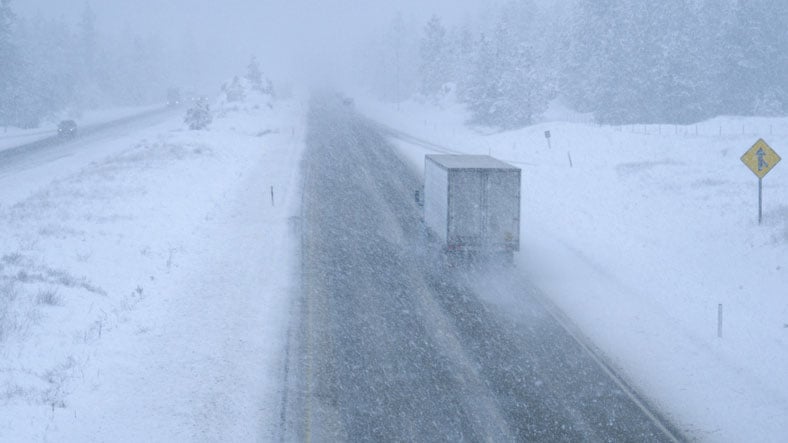What Are the Levels of PPE Protection?
Personal protective equipment, or PPE, is equipment worn to minimize the risk of exposure to hazards physical, biological, chemical, or other hazards. PPE can include items such as gloves, safety goggles, earplugs or muffs, hard hats, respirators, masks, boots, and full bodysuits.
There are four PPE protection levels (levels A-D) created to protect workers handling hazardous materials in different circumstances. HAZWOPER trainees must adhere to all four levels of PPE protection according to the Occupational Safety and Health Administration (OSHA). The four levels have been established by the US EPA, OSHA, DOT, and other government agencies. The levels include:Level A: This type of PPE should be worn when the highest level of skin, respiratory, and eye protection is necessary. This is most often used when managing highly toxic materials with the potential for high concentrations of gases or vapors, or when the risk of skin contact with the hazardous material exists. Level A PPE includes:
protection is necessary. This is most often used when managing highly toxic materials with the potential for high concentrations of gases or vapors, or when the risk of skin contact with the hazardous material exists. Level A PPE includes:
- Air-tight protective chemical suit
- Full-face self-contained breathing apparatus (SCBA) with positive pressure or air respirator with emergency SCBA
- Hard hat
- Outer and inner chemical-resistant gloves
- Steel-toe chemical-resistant boots
Level B: This level of protection must be worn when the highest level of respiratory protection is needed, but a lower level of skin protection is required. Level B PPE includes:
- Chemical-resistant clothing (chemical-resistant disposable coveralls, hooded two-piece chemical splash suit)
- Full-face self-contained breathing apparatus (SCBA) with positive pressure or air respirator with emergency SCBA
- Hard hat
- Outer and inner chemical-resistant gloves
- Steel-toe chemical-resistant boots
Level C: Level C equipment must be worn when airborne contaminants are present and the criteria for using air-purifying respirators is met and skin and eye exposure is not likely. This level of PPE equipment includes:
- National Institute for Occupational Safety and Health (NIOSH) approved full-face or half-mask air-purifying respirator
- Chemical-resistant clothing
- Hard hat
- Outer and inner chemical-resistant gloves
- Steel-toe chemical-resistant boots
Level D: This level of protection is primarily a work uniform to be used whenever necessary and provides only minimal protection. This equipment includes:
- Safety glasses
- Hard hat
- Outer and inner chemical-resistant gloves
- Steel-toe chemical-resistant boots
If your job site may pose additional risks, it may be preferable to use other PPE. This might include a face shield if you are working with welding equipment or noise-canceling earmuffs if you work around loud noises. Also, a dust mask will be beneficial if you are working around hazardous airborne particles, and a reflective safety vest will help ensure you are always clearly visible. HAZWOPER trainees can also benefit from a wide variety of our compliance training courses.
Selecting the proper PPE is a process which involves a variety of factors. Identification of the hazards, or potential hazards; as well as how they could be exposed to employees (ingestion, inhalation, skin absorption, contact with eyes) is necessary. The task of choosing the right PPE is made easier by knowing about the existing hazards at the site. Contact us for support with EHS compliance or hazardous waste management, our safety experts are here to help.






